
A igreja Teatina destaca pela sua colorida fachada na praça de Odeón, de estilo barroco foi construída no século XVII por dois arquitectos, o primeiro foi o italiano Agostino Barelli e depois o suiço Enrico Zuccalli deu continuidade ao seu trabalho. No seu interior chama a atenção a imensa luz que tem e os vários detalhes em estuque, foi consagrada no ano de 1675.
The Teatina church stands out for its colorful facade on the Odeon Square, it was built in Baroque style in the seventeenth century by two architects, the first was the Italian Agostino Barelli and then the Swiss Enrico Zuccalli continued his work. The inside the immense light draws our attention and also the stucco work, it was consecrated in the year 1675.
.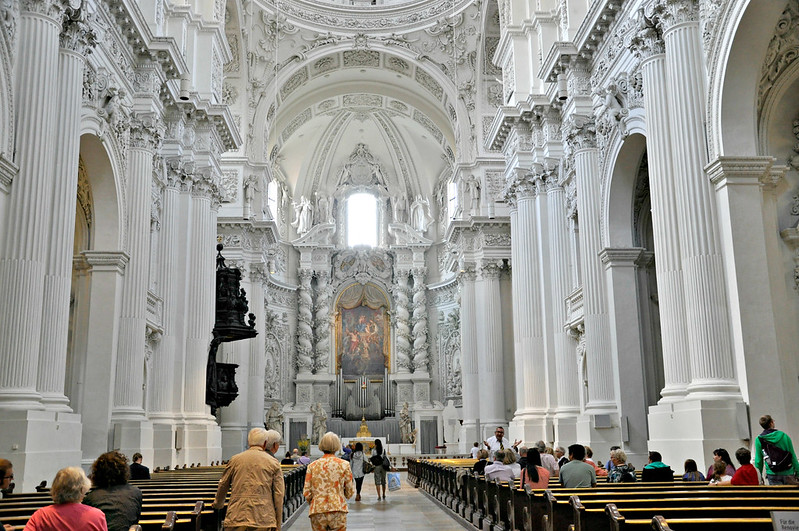
Serve de panteão da familia real em particular da Casa de Wittelsbach com túmulos de vários membros como o de Maximiliano I e Maria da Prússia. Está também o de Fernando Maria, eleitor da Baviera e responsável pela construção de esta igreja para agradecer o nascimento do seu filho varão Maximiliano II. Dedicaram-na a S. Caetano de Thiene, o fundador da Ordem Teatina patrono do pão e do trabalho. A contrastar com a detalhada e luminosa decoração da igreja está um extraordinário pulpito negro desenhado por Andreas Faistenberger.
Used as the pantheon for the Royal Family in particular of the House of Wittelsbach with tombs of several members as the ones of Maximilian II and Mary of Prussia. There is also the one for Ferdinand Maria, Elector of Bavaria and responsible for the construction of this church to thank for the birth of their son Maximilian II. Dedicated it to St Cajetan of Thiene, the founder of the Order of Theatine, patron of bread and work. In contrast with the detailed and brightly decorated church is a extraordinary black pulpit designed by Andreas Faistenberger.
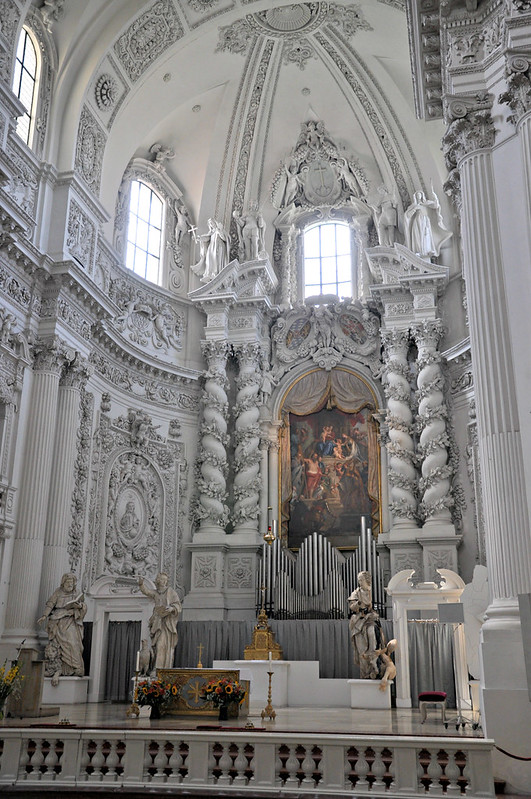
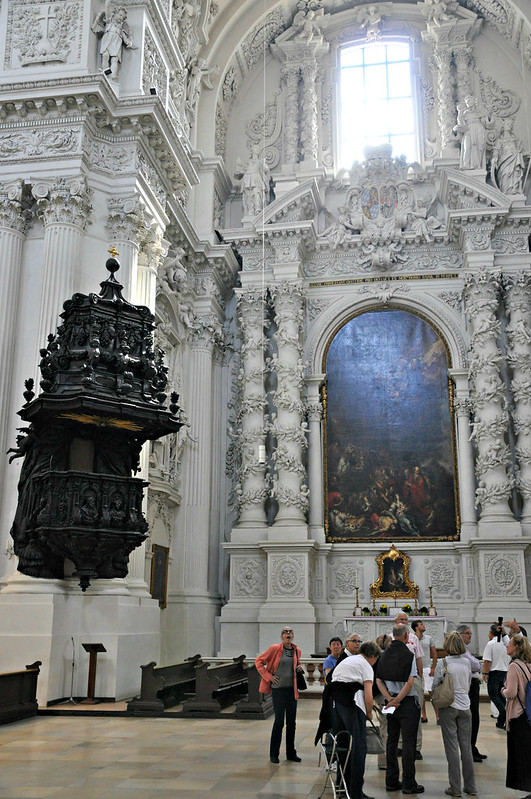
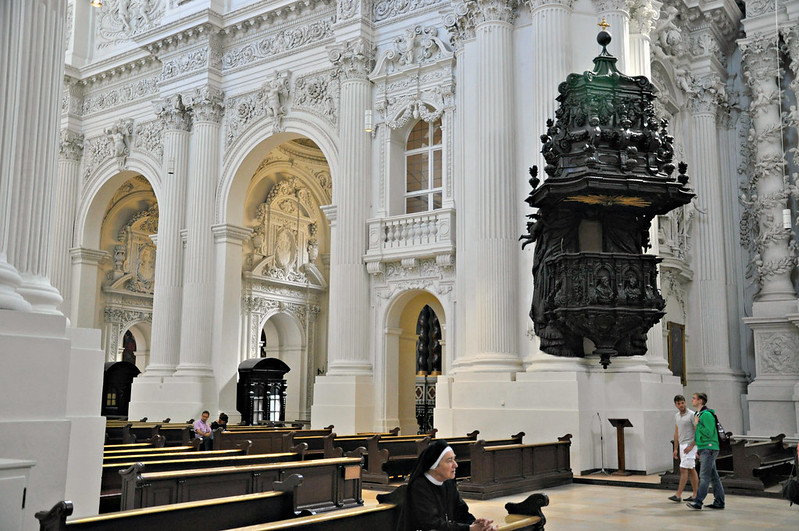
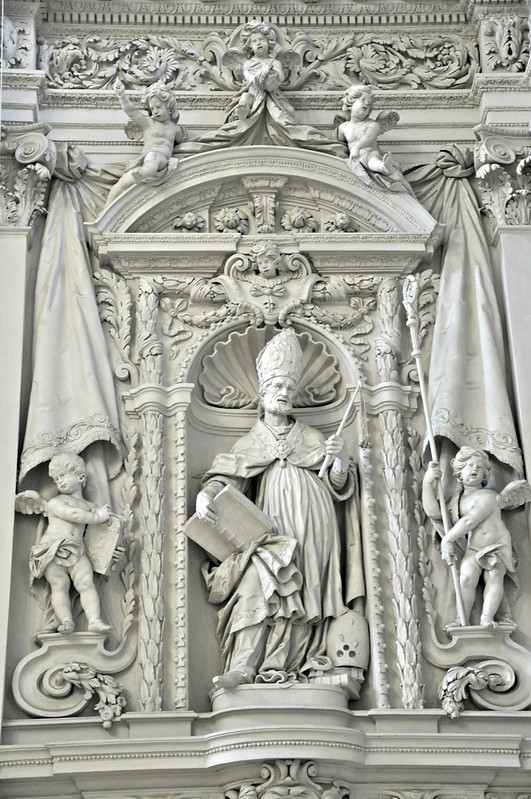
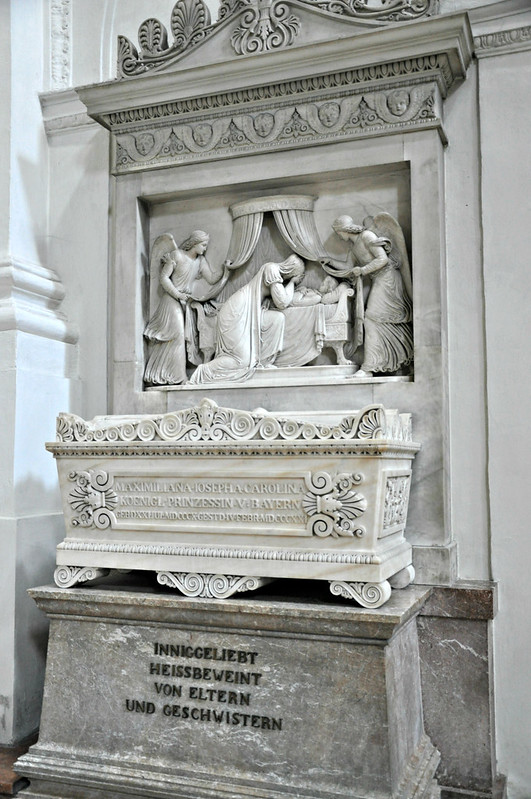
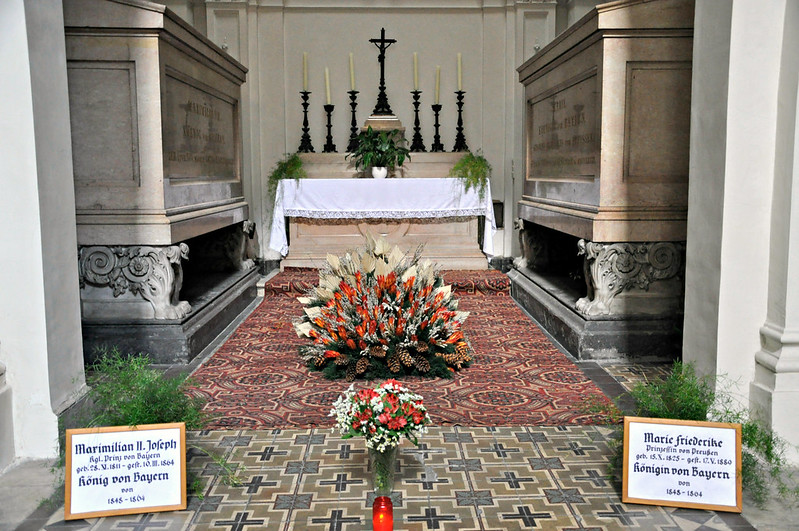
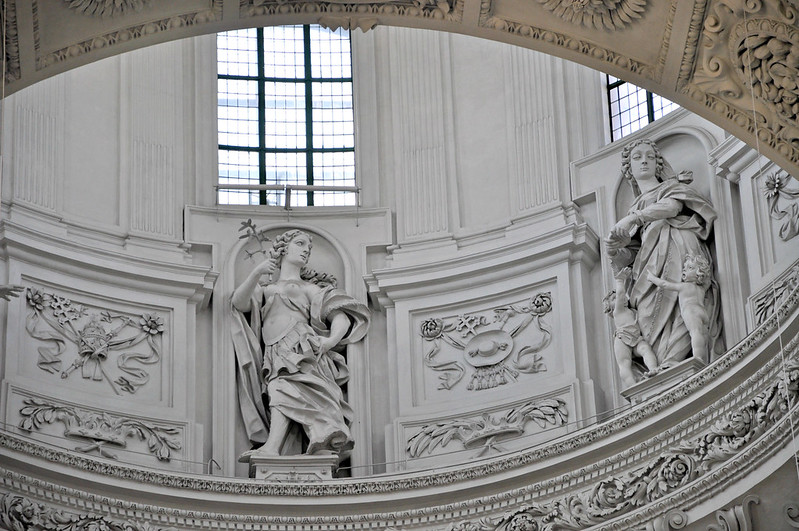
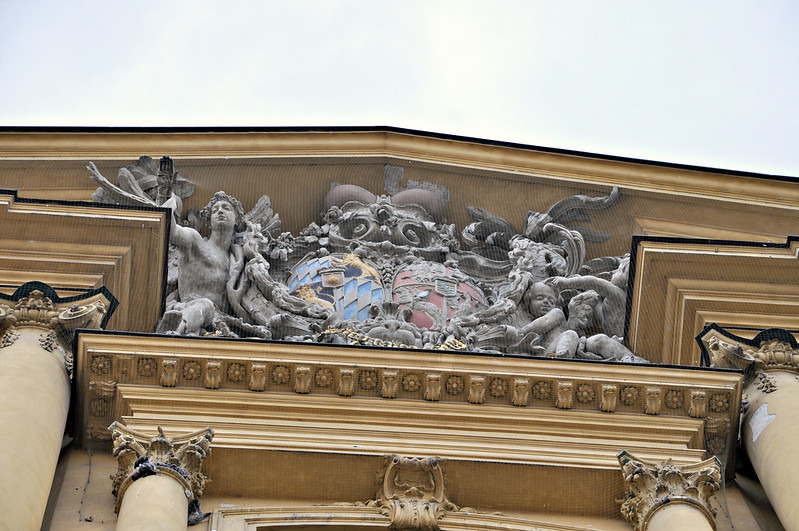
Morada: Odeonplatz
Metro: Odeonplatz
Entrada gratuita
Our guide of:

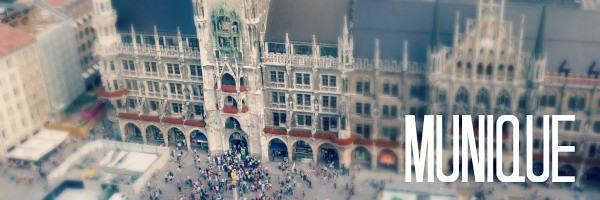
Sem comentários:
Enviar um comentário